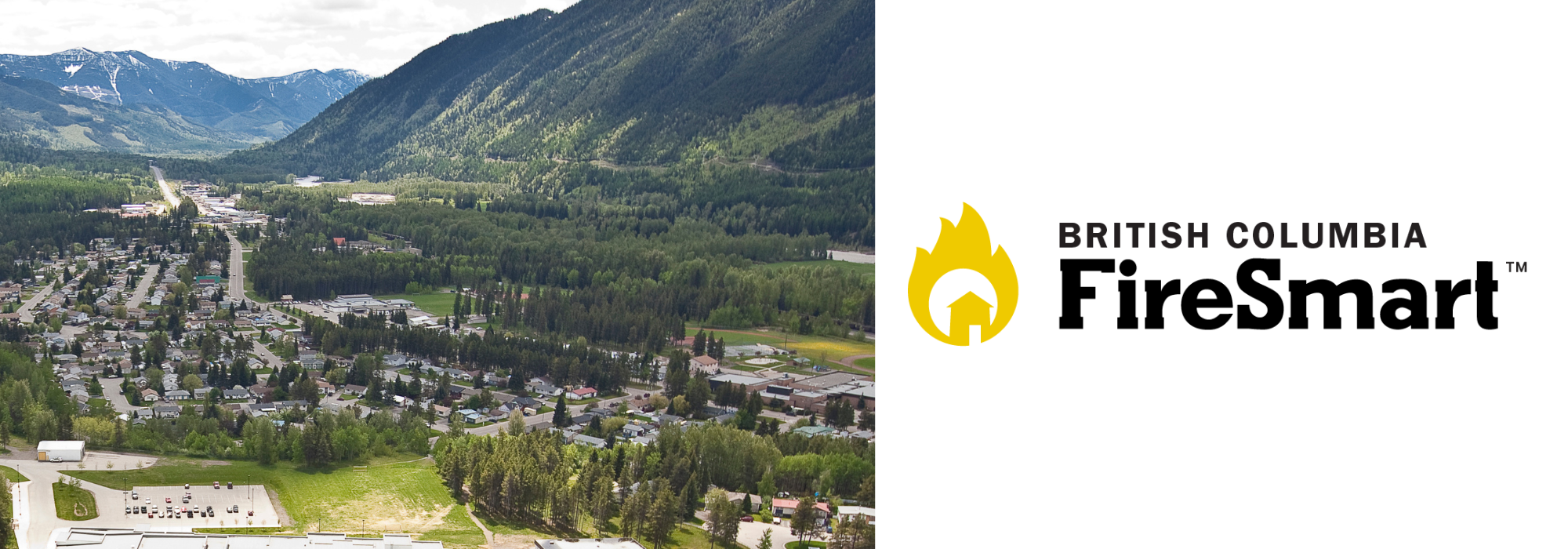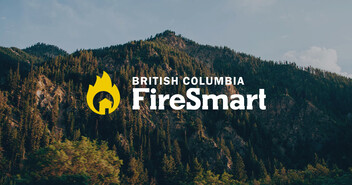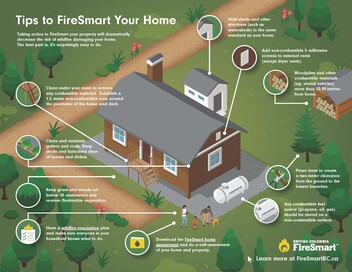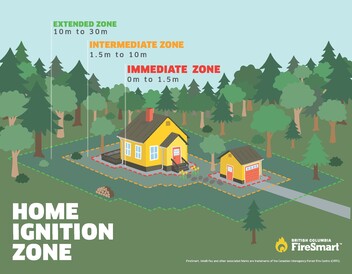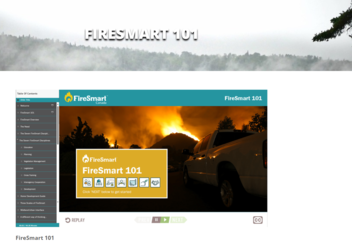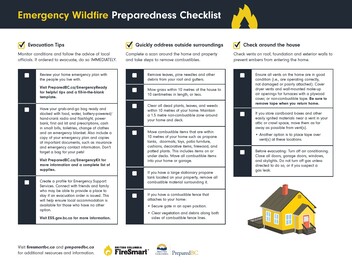FireSmart™ Sparwood
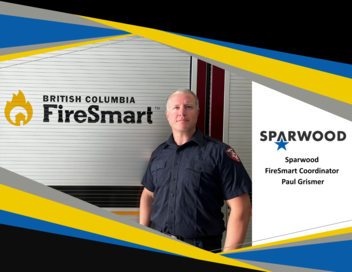
Sparwood is a community surrounded by forested landscapes, which means living with the risk of wildfires is a reality we all share. To build on the District and the Province’s ongoing wildfire risk reduction efforts on nearby forest lands, the District of Sparwood is proud to fully support the FireSmart BC program.
Wildfire prevention and preparedness is a shared responsibility. We encourage all Sparwood residents and property owners to join us in taking steps to help safeguard our homes, neighbourhoods, and community.
There are seven key FireSmart principles that contribute to a community’s wildfire resilience:
- Education
- Vegetation Management
- Emergency Planning
- Cross-training
- Interagency Cooperation
- Legislation and Planning
- Development Considerations
For residents and property owners, the most direct impact often comes through education, vegetation management, and development considerations. The District of Sparwood now has dedicated resources to help our community members take action in these areas.
Our FireSmart Coordinator Paul Grismer, is here to encourage and assist residents in reducing wildfire risks. Certified as a Wildfire Mitigation Specialist Paul can also guide your neighbourhood through the process of becoming recognized under the FireSmart Canada Neighbourhood Recognition Program — a program designed to support neighbours working together to lower their collective wildfire risk.
If you’re interested in becoming a FireSmart Neighbourhood Champion, or simply want to learn more about FireSmart in Sparwood, please reach out. You can contact us at the Sparwood Fire Hall by calling 250-425-0558, or by emailing firesmart@sparwood.ca.
Together, we can build a safer, more resilient Sparwood.
Mayor, David Wilks
Fire Chief, Sheldon Tennant

